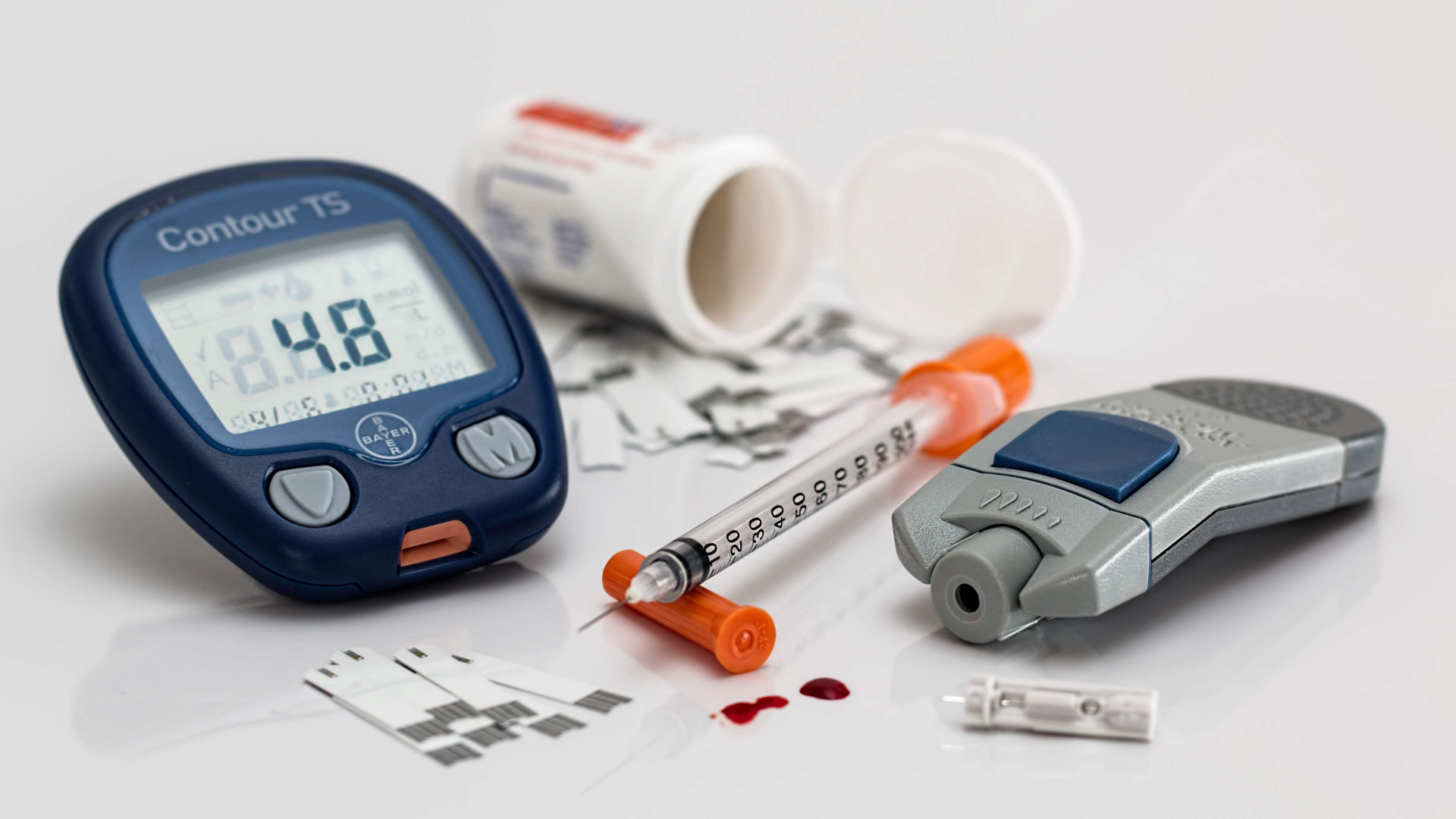People diagnosed with prediabetes or diabetes need to find a healthy diet that works best for them to lose weight and control their blood sugar. No one diet, whether it is a Mediterranean, low-carb, or low-fat diet is superior at managing diabetes, according to the American Diabetes Association’s Stephanie Dunbar. “There are people who do well on a lower-fat diet and others who do well on a lower-carb diet,” Dunbar says. “One thing that helps in keeping blood sugar under control is losing weight, even as little as 5 percent to 10 percent of body weight.” A registered dietitian can help tailor a plan to a client’s preferences, increasing the odds of compliance. Learning to make healthy choices the majority of the time is the key to managing diabetes symptoms. The American Diabetes Association provides guidance, for example, suggesting that people eat 45 to 60 grams of carbohydrates per meal by filling half their plate with non-starchy vegetables, a fourth with whole grains, and a fourth with protein. Although reducing sweets that cause blood sugar to spike is important, people with diabetes can occasionally enjoy sweets, but may need to adjust their insulin so their blood glucose levels are kept even. Those with type 2 diabetes who are not using insulin have to be more vigilant about sweets, including fruits and fruit juices. Although fruits are a good source of vitamins and nutrients, choosing berries and other low-glycemic fruits can help manage blood sugar. It is important to keep blood sugar levels at 7 percent or less to reduce the risk of complications from diabetes, as well as maintain healthy blood pressure and blood cholesterol levels, and eating a healthy diet is the most effective way to do this.
No Single Diabetes Diet Fits All





